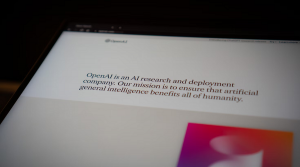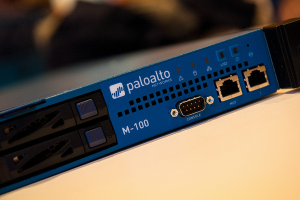Report: America Among World’s Best in Broadband
A report released by the Information Technology & Innovation Foundation on Tuesday ![]() shows that access to quality broadband in the United States has increased significantly over the past few years.
shows that access to quality broadband in the United States has increased significantly over the past few years.
This of course has been a contentious topic for quite some time, with many detractors. The report acknowledges this, and takes naysayers to task, saying:
Despite the frequent claims that the United States lags in international broadband comparisons, the studies cited to support this claim are out-of-date, poorly-focused, and/or analytically deficient. Many international broadband reports cherry-pick the wealth of data on the subject in order to reach a foreordained conclusion. Many ignore the higher costs of building broadband networks in low population density nations such as the United States. Many conflate advertised and actual speeds, globally ranking the speeds that Internet service providers claim to offer though little accurate data exist outside the U.S. confirming whether customers receive these speeds in most nations. Many ignore differences between nations in computer ownership rates, neglecting the fact that people will not subscribe to broadband, no matter how cheap and good it is, unless they own a computer. Finally, while most studies take snapshots of the dimensions their authors deem relevant, a more comprehensive approach would treat each as a trend line over time. This is important because at any given time, the cost and performance of any broadband network is in part a function of the generation of technology that was current when the network was last upgraded. So there’s no inherent reason to suppose that any nation has a permanent position at the top or the bottom of the broadband technology curve.
The report, which was based on the criteria of deployment, (reach) adoption, (number of subscribers) performance and price, is highlighted by these findings:
- America leads the world in the adoption of 4G/LTE mobile broadband
- Entry-level pricing for American broadband is the second lowest in the OECD, behind Israel
- The average network rate of all broadband connections in the United States was 29.6 Mbps in the third quarter of 2012; in the same period, we ranked seventh in the world and sixth in the OECD in the percentage of users with performance faster than 10 Mbps.
- 82 percent of American homes are passed by a cable technology capable of supporting broadband speeds of 100 Mbps or higher and a new technology known as Vectored DSL may soon bring a second 100 Mbps service into the market.
- Broadband adoption in the United States is not as high as some leading nations, but our 68.2 percent adoption rate for all households exceeds the EU-15’s 66.9 percent.
- American broadband service providers are no more profitable than those in the rest of the world.
A message from John Furrier, co-founder of SiliconANGLE:
Your vote of support is important to us and it helps us keep the content FREE.
One click below supports our mission to provide free, deep, and relevant content.
Join our community on YouTube
Join the community that includes more than 15,000 #CubeAlumni experts, including Amazon.com CEO Andy Jassy, Dell Technologies founder and CEO Michael Dell, Intel CEO Pat Gelsinger, and many more luminaries and experts.
THANK YOU













